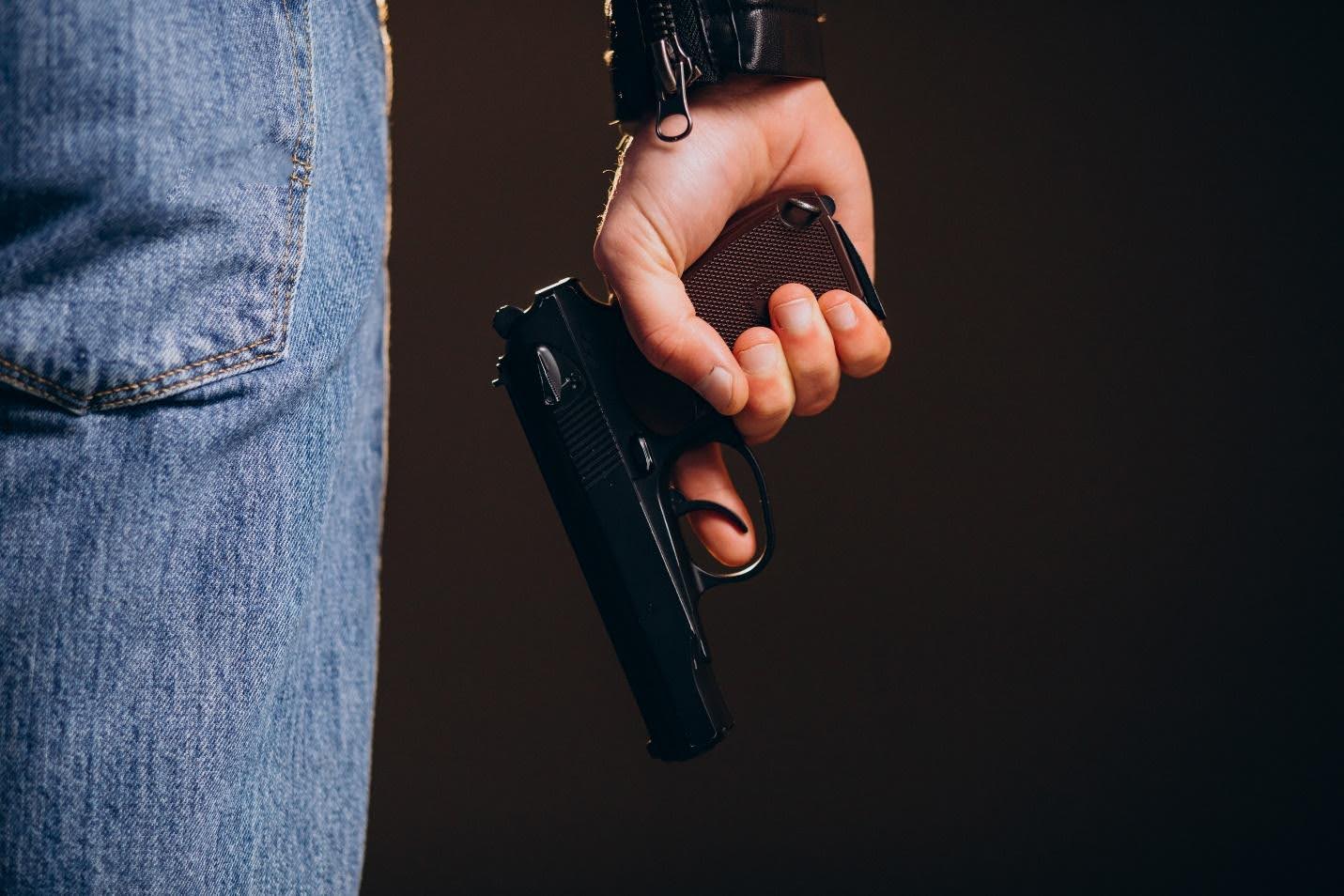Whether you’re a civilian or a security officer, the holster you choose has a direct impact on performance and safety. Carrying a firearm is only one use for a dependable holster, and other uses include safe retention, quick access, and assurance under pressure.
Knowing what distinguishes the best pistol holsters from the many that are currently on the market will help you make a smart decision. Here’s what you need to know about quality pistol holsters.
Why the Right Holster Matters
It’s a big duty to carry guns. For professionals, survival is closely linked to dependability. It guarantees safe carry for civilians without sacrificing daily comfort. Risks with a badly made holster include slow draw times, unintentional release, and even losing the firearm while moving. On the other hand:
- High-quality pistol holsters guard the trigger and stop careless release.
- Fit design or retention systems secure the rifle.
- Makes it easy to get to when you need it most.
- Whether carried openly or hidden, it fits comfortably for everyday use.
Carrying Styles for Pistol Holsters
Different types of holsters have distinct functions. Every day demands and surroundings determine which style is best.
1. Inside the Waistband:
A popular concealed carry option that provides comfort and invisibility.
2. Outside the Waistband:
Often used for open carry, this style offers less protection and easy access.
3. Shoulder Holsters:
These are helpful for drivers or in situations when it is not possible to wear a waist belt.
4. Ankle Holsters:
Ankle holsters are usually not used for regular carry but rather as backup weapons.
5. Duty Holsters:
They are made for extra security and law enforcement, providing superior durability and retention.
How to Choose the Right Holster
Testing holsters in training environments is the best way to assess whether they meet your expectations for comfort and performance. Before selecting a holster, ask these questions:
- The main goal of having it is either leisure shooting or duty use.
- Does your work or surroundings require better retention?
- Is an optic, light, or other accessory needed to be carried with it?
- How many hours a day will I wear this holster?
Features of Pistol Holster
- Retention: Level I uses friction or simple straps. Levels II and III come with extra thumb releases, hoods, or locks.
- Comfort and Fit: A holster needs to avoid discomfort and distribute weight evenly over time.
- Accessibility: Fine movements could decrease under pressure. Without fumbling, a decent holster enables an effortless release action.
- Compatibility with accessories: A reliable holster accommodates lights or lasers effortlessly.
Final Thoughts
More than just a tool, a trustworthy handgun holster is an essential gun safety measure that promotes responsible gun ownership and preparation for job duties. The ideal option adapts to the needs of the user while striking a balance between durability, accessibility, and safety.
Purchasing a high-quality holster guarantees that your gun will be safe when it’s needed and easily accessible when it’s most important. That peace of mind is considerably more valuable to those who carry it than the cost.

